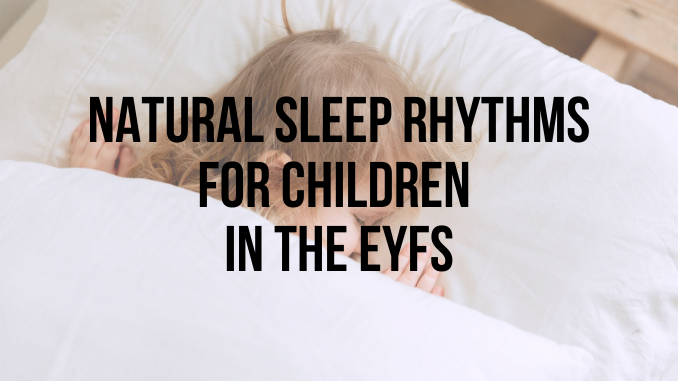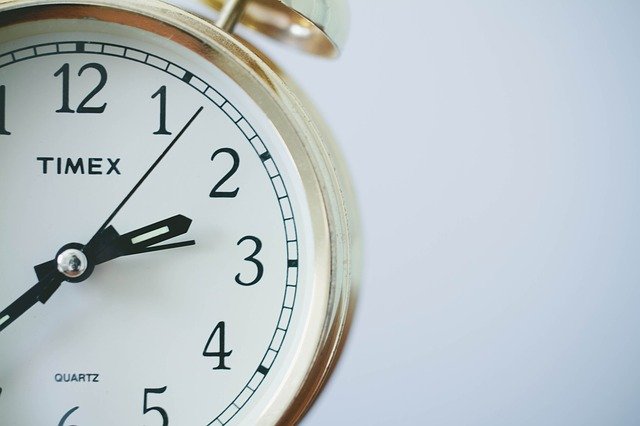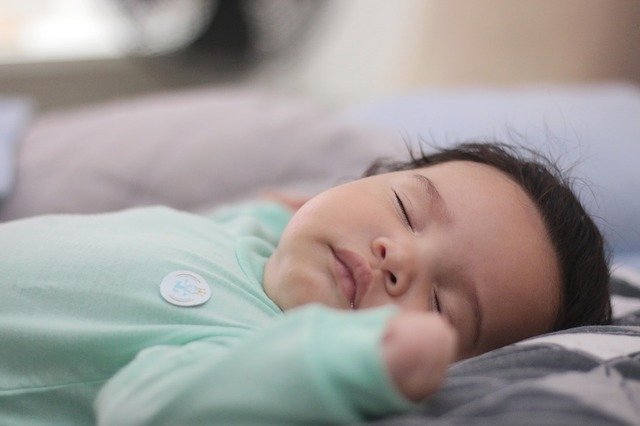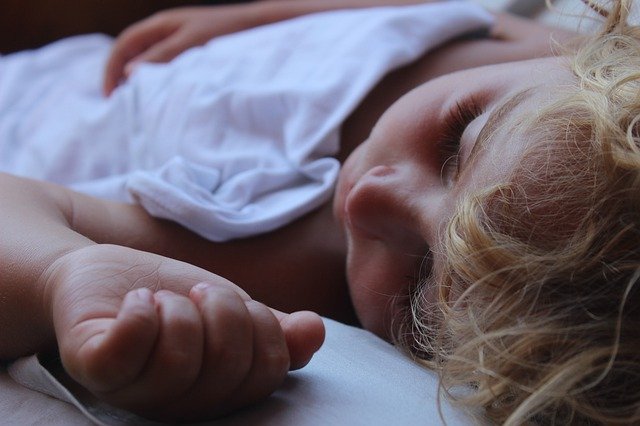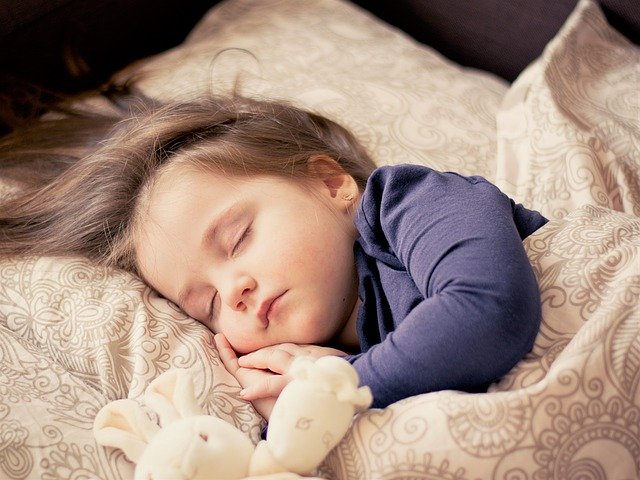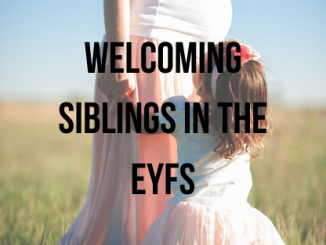Sleep seems to be the holy grail of parenthood, and with good reason; we all need sleep to be happy, healthy and functional and so do our children. Sleep is especially important for children in the EYFS who are at a stage of rapid physical and cognitive growth, but their sleep doesn’t always look like we expect it to, or dovetail nicely with our own sleep needs, and this can be both tiring and frustrating.
The trouble is that natural sleep rhythms change throughout our lives, so it’s unlikely that your EYFS child is being deliberately difficult, or that anything is ‘wrong’ with them or their sleeping habits. It’s more likely that their natural sleep rhythm, or ‘body clock’ is simply out of sync with your own.
The body clock
Often older adults who have spent their working lives waking at 7am to get ready for work find that in retirement they continue to wake naturally around 7am even though they don’t need to and this is a great example of ‘the body clock’ at work. When we repeatedly wake up at the same time for work or school our bodies fall into a rhythm of wake and sleep that coincides with this. This is why we experience jet lag when travelling, because our bodies are forced into waking or sleeping at different times to those they have come to expect.
The science
Behind the ‘body clock’ phenomenon there are two bodily systems that regulate our sleep these are the circadian biological clock and sleep/wake homeostasis. These two systems together mean that we experience fluctuating levels of alertness through the day and night.
Sleep/wake homeostasis is the system that helps us to feel sleepy and sense the need to sleep at night to make up for our activities in the day. This system is designed to balance our sleep and wakefulness.
The circadian biological clock, on the other hand, is responsible for regulating the timings alertness throughout the course of a 24-hour period, with periods of higher and lower alertness as we go through the day and night.
For adults, sleepiness usually hits a peak between 2 and 4am and between 1 and 3pm, though this does vary slightly from person to person. When we have had adequate sleep, it is possible that we might not even notice these periods of sleepiness, but if we are sleep deprived the urge to sleep in the afternoon is much stronger.
Newborn babies
Whoever came up with the phase “sleeping like a baby” probably didn’t have one and newborn babies, from 0-3 months don’t have a reputation for great nighttime sleep habits! For newborns, sleep can occur at day or night, as they total about 18 hours of sleep in a 24hour period. However, this doesn’t always occur in long blocks or exclusively at night time and plenty of babies have their day and night a bit mixed up!
Most babies need to learn the difference between daytime and night-time, and set their circadian biological clock to meet their sleep needs.
Newborns can’t be forced to sleep at the right time but can be gently encouraged to differentiate between day and night. One way to do this is for parents to make these very separate experiences; The daytime should be light and bright with all the usual comings and goings of the day, plenty of natural light in the house, and lots of interaction. Taking a walk outside in the day will also help as even at this age exposure to different amounts and types of light affects the hormones that our bodies produce. For example, keeping lights dimmed, the house quiet and having less activity at night helps the body to produce melatonin which makes us sleepy.
Infants
The 4-month sleep regression gets a bad reputation, and it’s no joke! Around this time babies can become more aware of their surroundings and find it trickier to sleep. However, they still need plenty of sleep and will take up to 4 naps a day, gradually decreasing as they approach their first birthday. Some babies may begin to sleep through the night during this period of time, but this is not a universal trait and the majority of babies still wake for feeds throughout their first year. This is normal and a protective factor against SIDS. In fact, humans used to have a period of time awake in the middle of the night, with 2 blocks of sleep either side up, so sometimes we see this evolutionary hard-wiring reflected in infant sleep patterns.
Toddlers
Toddlers, from about 1 to 3 years old, need about 11-14 hours of sleep per 24-hour period but this won’t occur as one solid block of sleep, so napping in the afternoon is still important at this stage. Having a sleep in the afternoon works with the circadian biological clock as it is around this time that we experience a natural sleepiness. An afternoon nap is a simple way to make sure that toddlers are getting the rest they need without the pressure to sleep in a huge block at night. The nap should occur as close to the same time every day as possible to help set and keep a regular circadian biological clock.
Preschoolers
Between the ages of 3 and 5 Preschoolers need to sleep between 11 and 13 hours. This might all happen at night or they may maintain an afternoon nap though this gradually gets shorter and generally stops before age 5. Preschoolers are particularly sensitive to different colours of light, blue-light such as that from computer, tablet or television screens causes wakeful hormones to rise and makes it difficult for preschoolers to sleep. Screens need to be limited in general, but particularly in the hour before bedtime to help children fall asleep more easily. You can also use the blue light filters on devices to help keep blue-light to a minimum.
Bedtime protest is particularly characteristic of preschoolers as they often refuse to go to bed at the time set by parents. Some of this is boundary-pushing behavior though it may also be the effect of the inbuilt circadian biological clock conflicting with modern or cultural schedules. For example, whilst many societies expect children at about 7pm, other cultures, like that in Spain, allow children to stay up much later and spend extra time with the family whilst having an extended sleep in the afternoon called ‘siesta’.
However, other societies are arranged to have children awake during the majority of the day and asleep all night ready to wake early, so adjusting their biological circadian clock to flow with our needs and expectations may be necessary.
Here we have looked at the natural sleep rhythms of babies, toddlers and young children. There are a variety of tips and tricks to help everyone get a more restful night’s sleep coming up soon.

